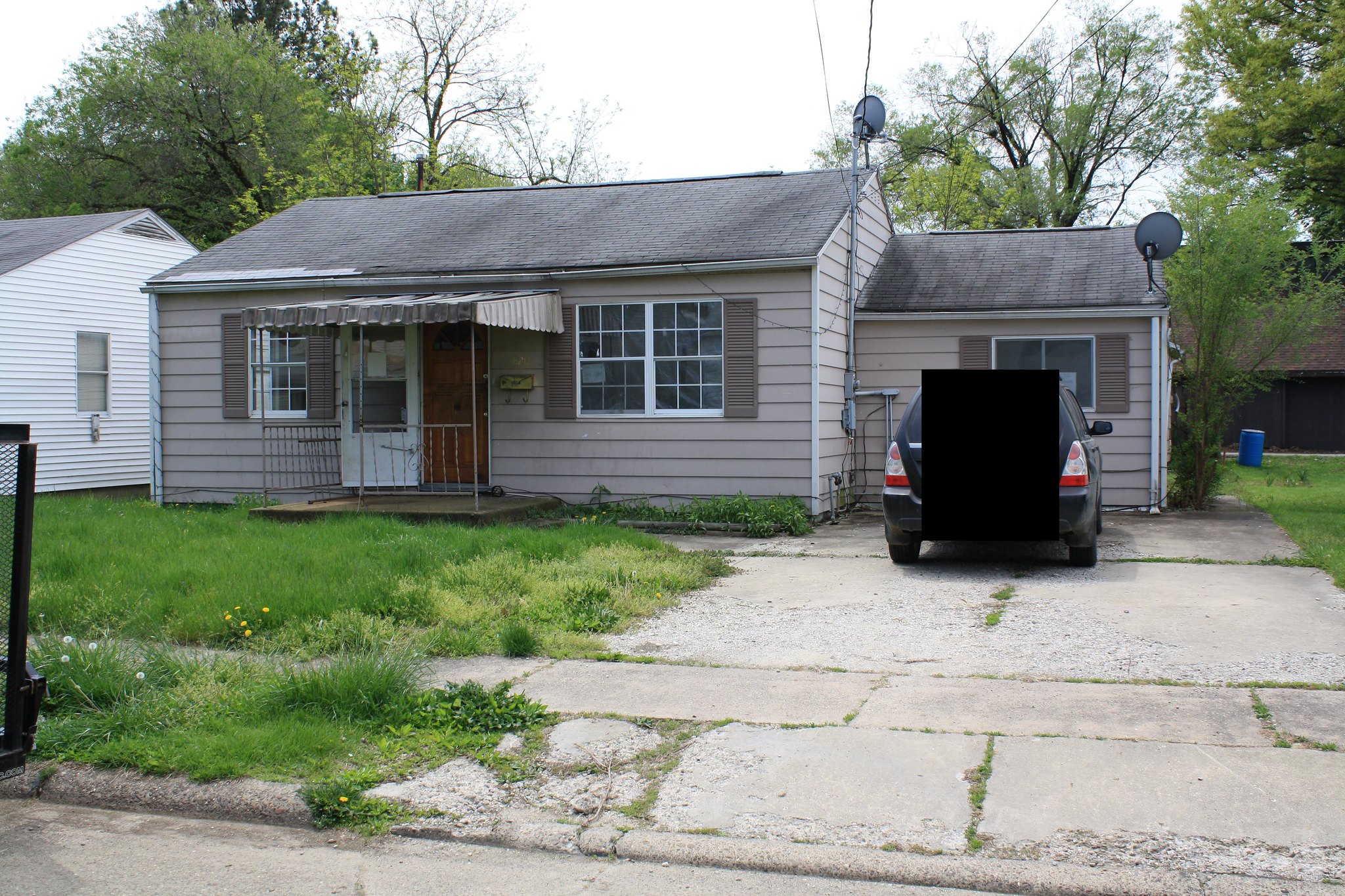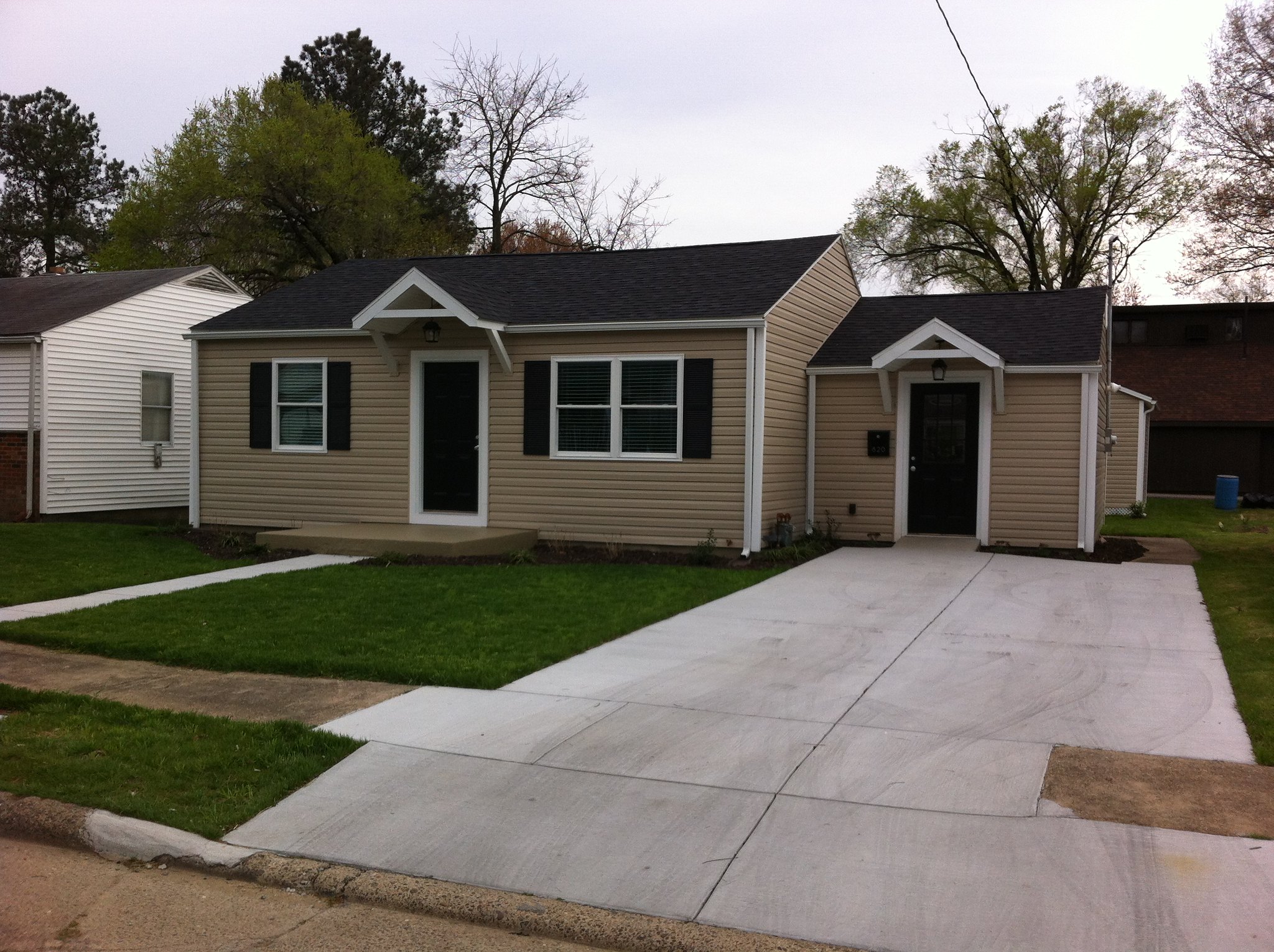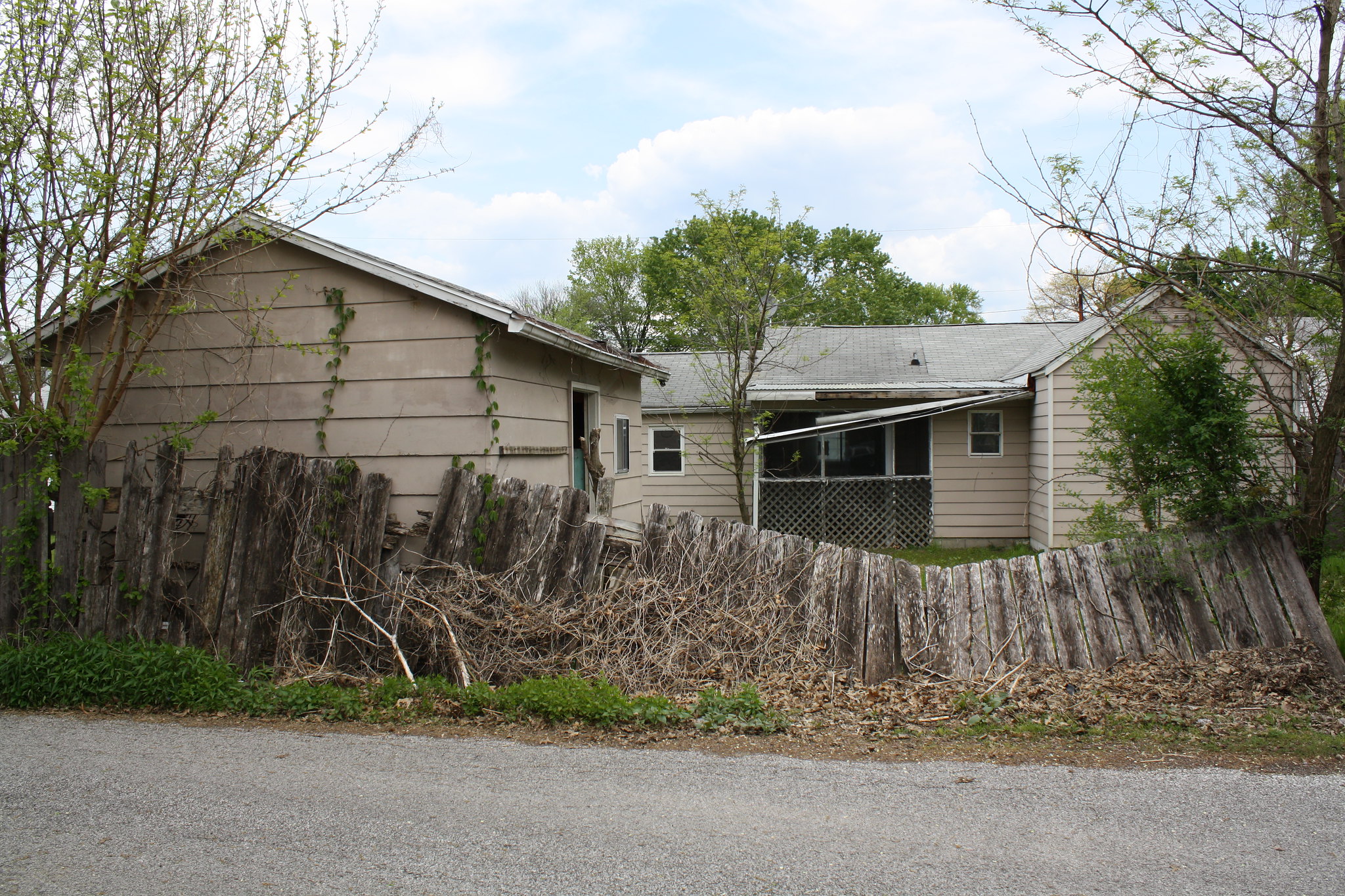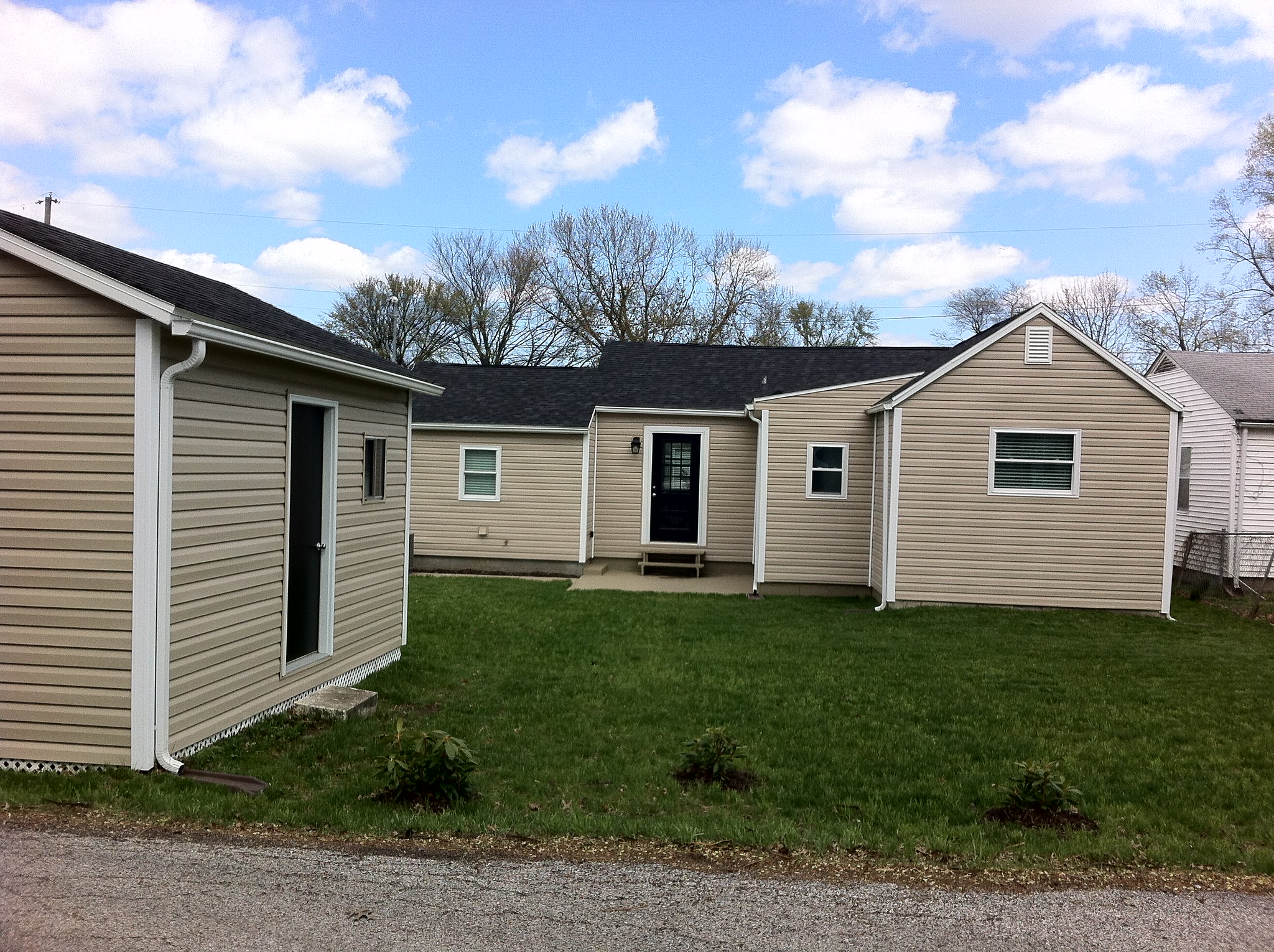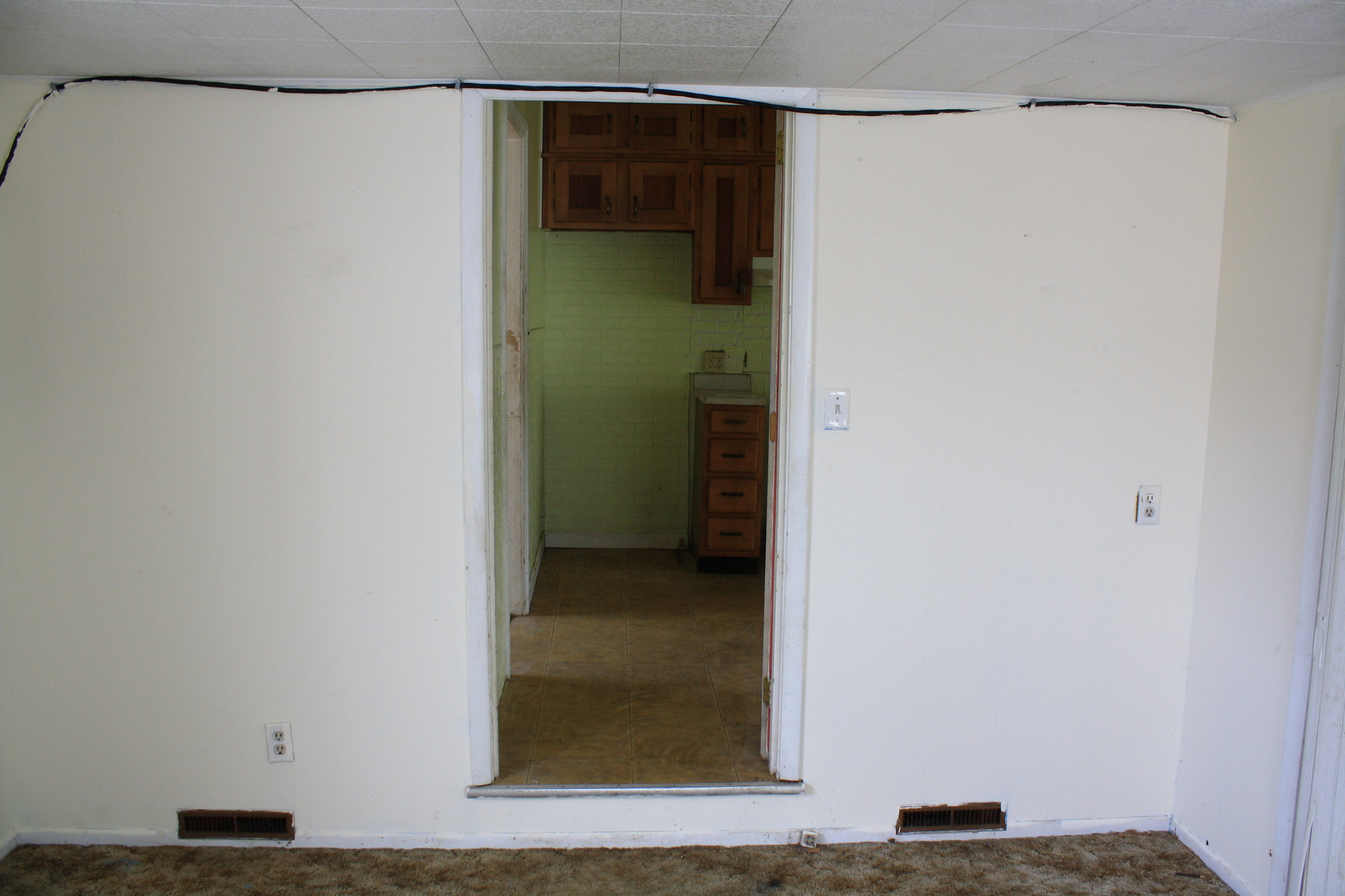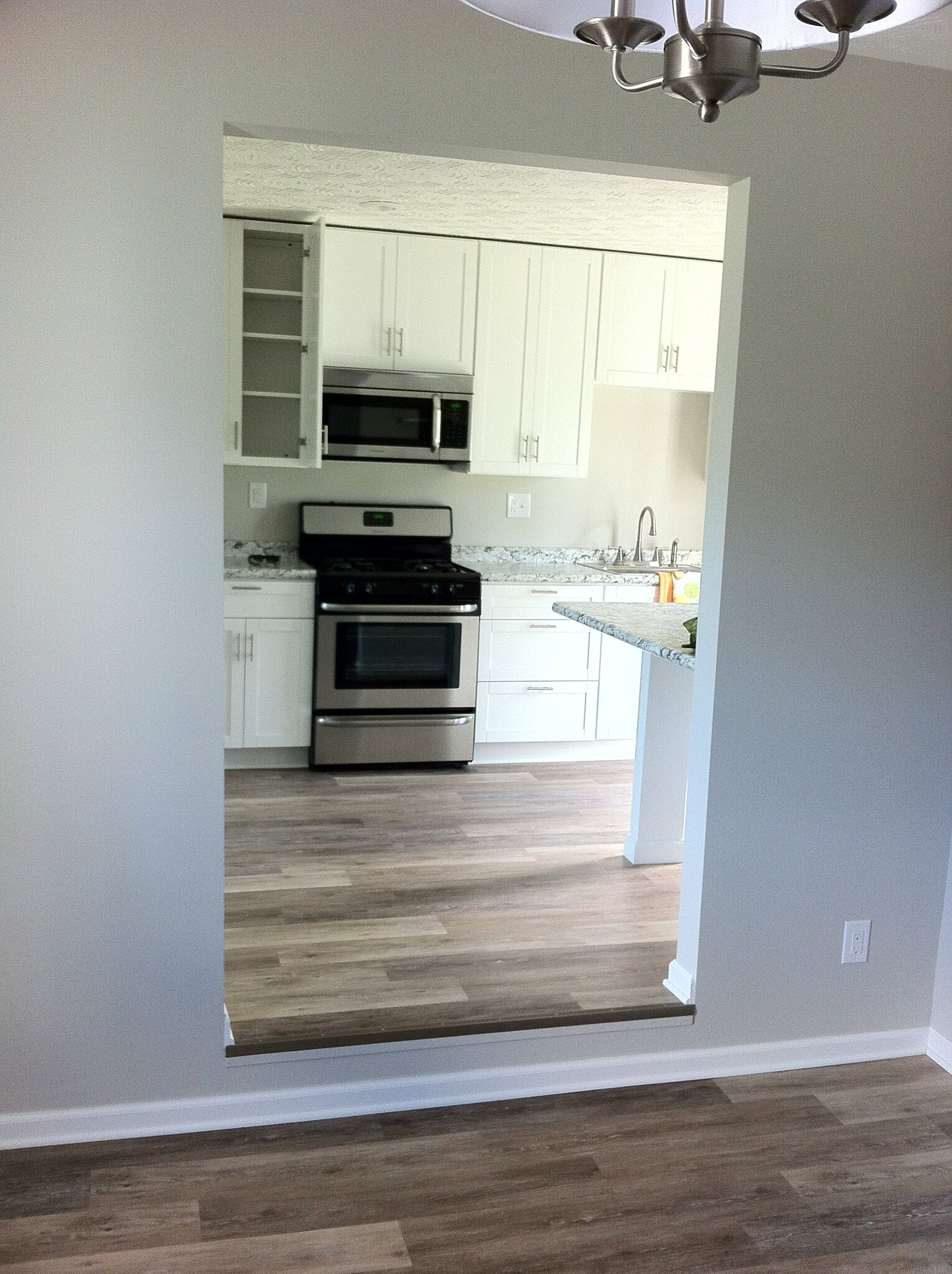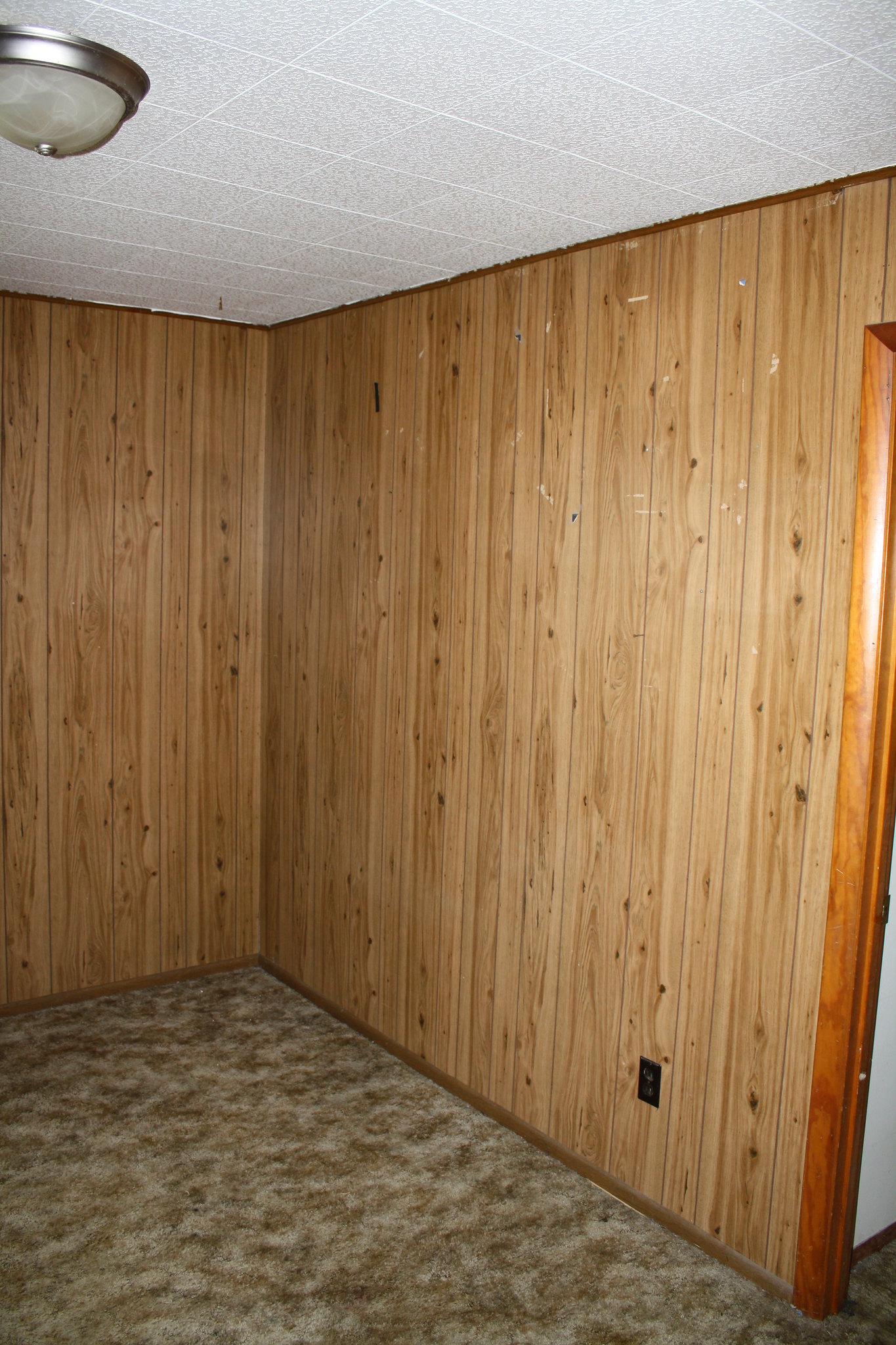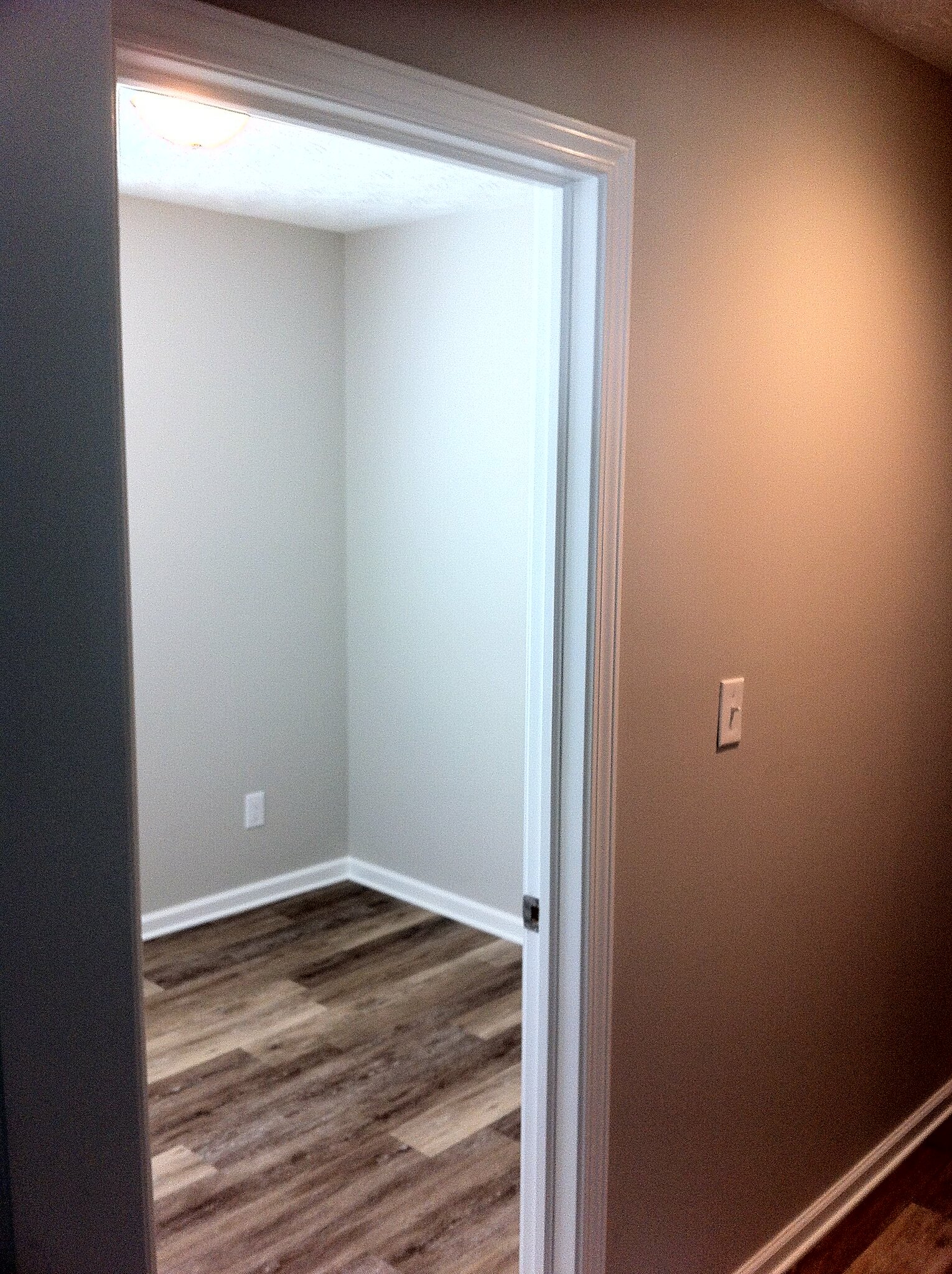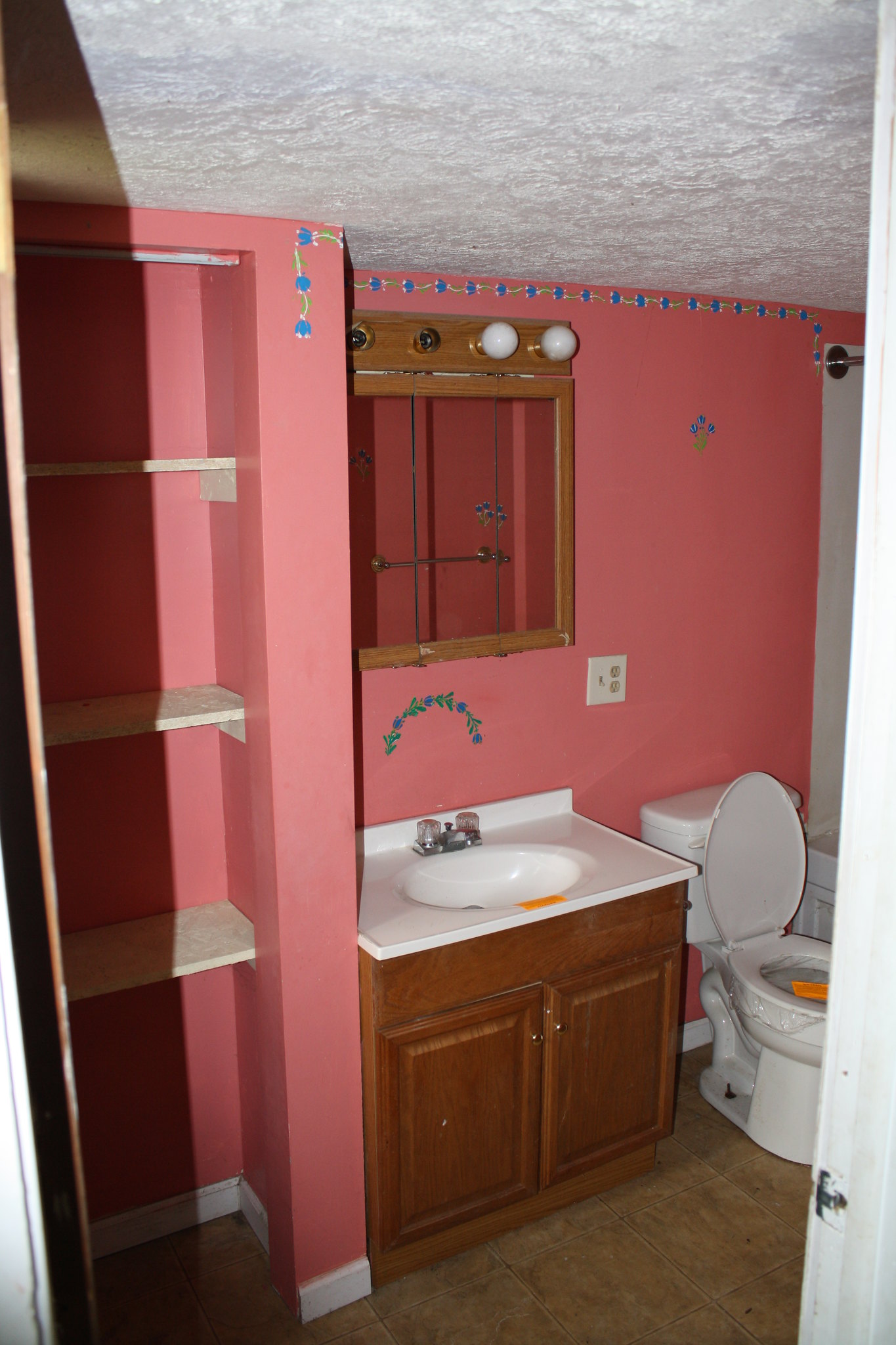Kriegsspiel wrote: ↑Sun Nov 06, 2016 12:35 pm
Coming back full circle to the ideas of renewable energy and building houses, I've been thinking about how cool it would be to go in and revamp a cheap, neglected neighborhood/small town into something like an eco-village as a long term project. So fixing up small houses in a well-located neighborhood with good insulation, solar, composting, edible landscaping, solar water heating, maybe some kind of community garden/event area, that kind of stuff.
I wrote up some thoughts about doing this and I'll repost them here, slightly edited (it was for a guy who bought land in Alaska):
----------
I would rather have a small, single story or 1.5 story house. I've read a couple books with designs, both by Rowan (Compact Cabins and Compact Houses) that had various layouts. I would look at something with a loft, or a more conventional 1 or 2 bedrooms, bathroom, and a big space with a kitchen (sharing a wall with the bathroom) where you could have a couch, desk, table or whatever else. I'd have a vestibule at the front door for taking off muddy/wet/dirty shoes and clothes that was easy to clean. Or maybe I'd just have a large entryway where you could do that outside... I'd excavate a small root cellar for storage. I'd build a fair-sized patio off the side of the house for grilling and outdoor workouts and chillin.
I think a composting toilet/outhouse is a cool idea. I'd attach the composting toilet room to the main house with a breezeway or short hallway or something, on the opposite side of the house as the patio. Then have your shower/tub and sink in a separate room inside the main house, like the way the Japanese set up their bathrooms.
I like stone or masonry houses, but maybe in Alaska you'd go with wood. Whatever the material, I'd insulate it as much as I could. Regular rectangle or square house, with either a shed roof or a regular central ridge roof of standing seam metal. I'm thinking something
like this:

I'd have separate buildings for doing dirty/messy hobbies like the trades or agricultural processing, with space for a gym inside. I'd just make these simple structures with no plumbing, and minimal heating abilities, if anything. I'd also build a small sauna like you'd see in Russia and Finland, both for hot/cold therapy (boil in the sauna, then roll around in the snow), and also to not freeze to death if your house caught on fire or some other kind of emergency. Another thing I'd think about building is some kind of in-ground greenhouse with geothermal, like profiled
here. I'd have to look more into whether that would be a workable feature in Alaska like it is in Nebraska.
As far as utilities, I'd try to implement schemes that work with the seasons of Alaska as much as I could. The utilities I'm concerned with are electricity, space heating, cooking, water heating & water pumping.
Winter
For general heating, I'd go with a modern wood burning stove. I've never used a wood stove but from what I've read they are very effective at heating up small areas. Furthermore, you could use the top of it to cook/boil water on. In addition, I'd rig it up to the hot water tank as described by Falk in The Resilient Farm And Homestead; when his wood stove was burning, it was also heating up water for a shower, so his gas would not kick on. The water tank is inside, of course, so that extra thermal mass would help your place stay toasty. You could probably run a radiant floor heat with the same idea. For electricity, aside from being on the electrical grid, I'd look at installing a thermoelectric generator into one of the walls, so that it would take advantage of the extreme Alaskan winter cold, and the high heat from a wood stove in a small cottage. I also wonder whether a turbine would be effective with high wind speeds in winter. I believe both the thermoelectric and wind power generation were discussed in Green Wizardry by John Michael Greer. A gas oven could be used for baking.
Summer
Since you won't want to have the wood stove burning when it's warm, you'll need a separate cooking method. I'd get a propane camp grill and use it outside on the patio (or inside if it was raining, of course). I'd also try to use a solar oven as much as possible. For electricity I'd have a small solar setup, like 3k or 5k or thereabouts. In addition to the solar electricity, I'd install a solar water heating tank on the roof to take advantage of all the sunlight, with a small solar panel operating a pump to get the water up there (with a hand pump as backup). AFAIK AC is unnecessary in Alaska; in the summer I'd just run a fan or two, in addition to having transom windows at a high point in the house that could be opened so that heat could escape.
NOTE: A few of the systems are multiply redundant, like the water heating/pumping and the space heating. Between the solar water heater, woodstove tie-in, and propane water heater, you'd need some kind of automated switching system with a thermostat to cycle the water around or whatever. There might be an analog system I'm not aware of, or you could run it with a Raspberry Pi. Having multiple ways to beat freezing to death (woodstove, sauna, outdoor fire pit) is also probably smart in an extreme environment like Alaska.
For electricity, being able to use mainly renewables in a cost effective way is obviously about using less electricity in the first place. I think it would be feasible to
- illuminate with LED lamps & batteries, like described here
- charge laptop/phone/power tools
- an internet connection?
- water pumps and other simple home automation
- run a dorm-size fridge that fits under the kitchen counter, and/or a
- chest freezer (Sun Danzer)
- run some fans if it's hot.
In the wintertime, when your PV panels aren't kicking out electricity and you're relying more on your other methods, you probably don't need to be running the fridge, freezer, fans, so the other methods like thermoelectric or wind might be enough. Or if you're going to be grid tied, all the renewables would just be peak-shaving, but hey, you did say dream home.
I'd use some kind of hand operated apparatus for clothes washing, and dry them outside in the sun in the summer, or inside in the winter when the fire is putting out a lot of dry heat.
----------
Come at me bros
